Moved Permanently
The document has moved here.
Here is an ongoing list of publications that feature interstitial visual art recommended by diverse contributors. These are works that cross the borders of genre, media, tradition, and expectation. Different contributors have different ideas about what makes a work of art interstitial, which is why we have asked them to annotate and sign their recommendations. If you want to share your own recommendations, please let us know!
 |
Amano, Yoshitaka. Think Like Amano. (1997) Amano has worked with Neil Gaiman (Sandman: The Dream Hunters), done renderings of fantasy figures such as Michael Moorcock's Elric, which put him in the graphic artist category; but his work is much broader than that of graphic novel illustrator, as this catalog from his 1997 New York debut "Think Like Amano" reveals. The work incorporates traditional Japanese illustrative technique, references elements of other artists, such as Gustav Klimt and Kay Nielsen, and moves from medium to medium with remarkable skill and fluidity. He's truly an interstitialist. As the site devoted to him states: "Throughout his lifetime of making art, Yoshitaka Amano has consciously and unconsciously crossed borders that might have restrained other artists." (Greg Frost) |
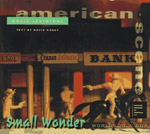 |
Levinthal, David. Small Wonders: Worlds in a Box. ( D.A.P./National Museum of American Art) It's a coffee table photography book depicting the traditional American society of the 50's and 60's, using plastic playsets from the period. It crosses borders of photography, nostalgia, art, toys, life, work, play, as well as the larger border of what is real and what is not. Amazing stuff. It tickles me no end. (Ellen Klages) |
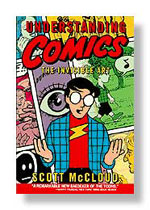 |
McCloud, Scott. Understanding Comics. (Perennial, 1994) and Reinventing Comics. (Perennial, 2000). Although Understanding Comics has been around awhile, it is still a fascinating book explaining the aesthetics of the comic book. And told in no less than the comic form! The newer title, Reinventing Comics, is a controversial look at the interstitial and cutting edge of modern comics, especially as they become a medium on the Internet. Have a look at McCloud's own website to find not only his own work, but links to others comic artists on the web. (Midori Snyder) |
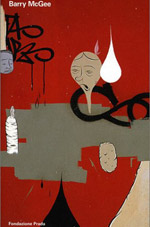 |
McGee, Barry. Barry McGee. (Fondazione Prada, February 2003) A native of San Franscico, Barry McGee has transformed graffiti and tagging into a visually stunning medium for display in museum and commercial gallery spaces. His drawings, paintings, and mixed–media installations take their inspiration from contemporary urban culture, incorporating ordinary and some times cast–off elements of the street, such as empty liquor bottles and spray–paint cans, tagged signs, wrenches, and scrap wood or metal into overwhelming, space–transforming interior worlds. This book features a comprehensive exhibition of McGee's graffiti work, paintings, installations, and photography at the Fondazione Prada, in Italy. It also includes a wonderful interview with McGee by Germano Celant, senior curator of contemporary art at the Solomon R. Guggenheim Museum, New York. (Midori Snyder) |
 |
Rego, Paula and T.G. Rosenthal. Paula Rego: The Complete Graphic Works. (Thames and Hudson, 2003) This volume features over 200 etchings and prints by the Portuguese–born artist Paula Rego, along with a lively and informative text. In these powerful, sly, and markedly feminist images, Rego brings a fine art sensibility to bear on such subjects Peter Pan, Jane Eyre, and classic nursery rhymes — blithely ignoring category borders to portray her unique and startling vision. (Terri Windling) |
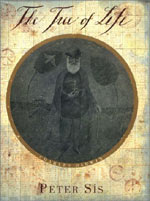 |
Sis, Peter. The Tree of Life: Charles Darwin. (FS&G, 2003) This handsome book is a unique examination of the life and mind of Charles Darwin, as examined through Sis's creation of notes, diary entries (some real, some imagined), sketches, charts, maps, and other details, beautifully presented so that one feels one is rambling through the great scientist's mind. You'll find it in the children's book section, but there's plenty here for adult readers too. (Terri Windling) |
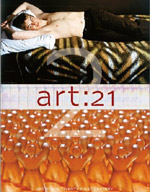 |
Sollins, Susan and Marybeth. Art:21: Art in the Twenty First Century, Vol. I (Harry Abrams. Inc., 2001) and Art:21: Art in the Twenty First Century, Vol. II. (Harry Abrams. Inc., 2003.) These two handsome volumes are the companion texts to the amazing PBS television program of the same name. Each program offers a fascinating look at a variety of innovative artists ranging from the huge installations of Korean artist Do–Ho Suh, the vibrant mythic–comic book work of Trenton Doyle Hancock, Collier Shorr's intimate photographs of young men, to well known photographer William Wegman and his famous dogs, and Maya Lin's expressive architecture. If you have missed any of the series, the DVD's of both seasons are currently available on the Art: 21 website. Additionally for those involved in education, the website offers published teaching materials, slides and online lesson plans suitable for middle school and high school. (Midori Snyder). |

